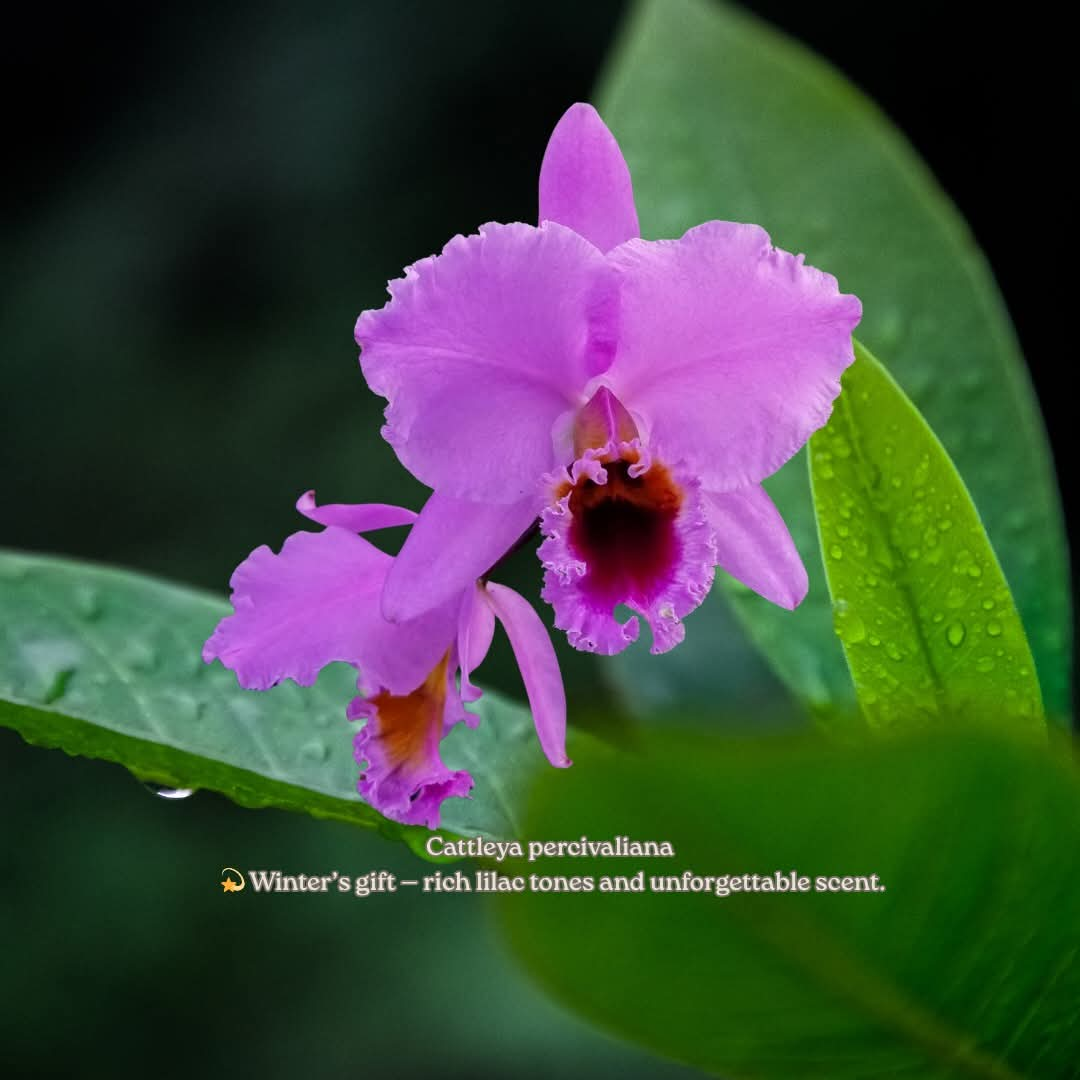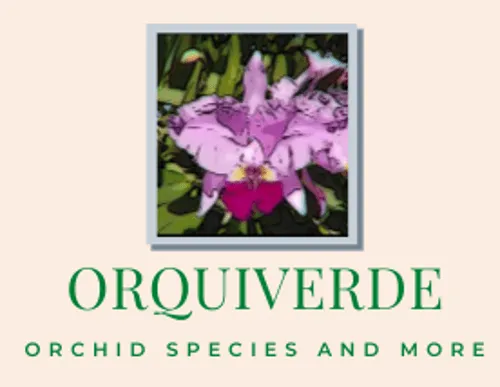
Cattleya Percivaliana: 'Flor del Libertador'
A warm and educational guide for collectors and orchid lovers
Cattleya percivaliana is one of those species that immediately captures your heart — elegant, and deeply connected to Venezuelan culture. Known worldwide as “Christmas Orchid”, this orchid lights up the end of the year with its velvety colors and unmistakable perfume.
Its story is rich, its habitat dramatic, and its presence in a collection unforgettable.
🌿 A Brief History: From the Andes to the World
Cattleya percivaliana was discovered in 1881 in the high Andes of Trujillo by William Arnold, an adventurous collector exploring the mountains of Venezuela and Colombia. His trips were intense, often months-long, and filled with challenges — sadly, he passed away during one of his expeditions along the Orinoco River.
The first scientific description was published in 1882, and later recognized fully as a species in 1883
Its name honors R.P. Percival, a prominent orchid collector from England.
In Venezuela, this orchid became linked to national history thanks to a beautiful legend involving Simón Bolívar. According to the story, Bolívar’s grandmother gifted him a bundle of wild lilies from Mérida, astonishing him with their beauty. Inspired by this tale, the nickname “Flor del Libertador” (Flower of the Liberator) became associated with C. percivaliana — a tribute that remains part of orchid culture today.
🏔️ Where It Comes From: The High Andes of Venezuela
C. percivaliana grows in the Venezuelan Andes between Mérida, Trujillo, and Táchira, usually between 1,400 and 2,000 meters above sea level.
These are landscapes of deep valleys, misty slopes, cold nights, and intense sun — a dramatic environment where the species thrives on rocks and cliffs (lithophyte) or on the branches of tall forest trees (epiphyte) depending on local conditions.
A tough survivor of harsh conditions
In nature, percivaliana faces:
Strong sunlight
Dry air during the day
Cold, humid nights
Extreme temperature swings — from hot days to chilly nights
Mossy rocks and constant breezes
Despite the dry daytime climate, evening condensation on cold rocks provides moisture. This natural rhythm is one reason growers notice C. percivaliana often prefers good light, excellent drainage, and cool, fresh air.

🌱Flowering: Why December Belongs to Percivaliana
Although the maximum flowering season occurs during the months of August, September and October, plants flowering in different months of the year are often found. In the USA it blooms from November through January, peaking in December-hence the nickname ‘Christmas Orchid’.
In its homeland, blooming trees in coffee-growing mountain zones used to turn into clouds of lilac and purple, a sight people still remember fondly.
Plants typically bloom once per year, producing 2 to 6 flowers per spike.
💜 What Makes Cattleya percivaliana So Special?
1. The Fragrance
This species is known for its intense, penetrating fragrance , especially noticeable in cool morning air. Some people dislike its fragance because it resembles the smell of a bedbug.
2. The Lip (Labellum)
The lip is dramatic:
Deep purple to dark velvety tones
Yellow or golden throat
Strong veining
This contrast creates its signature look, instantly recognizable.
3. The Colors
Typical forms have:
Lilac/purple petals and sepals
A darker, richer lip
Variations from very light to very intense purple, like beet color.
The species also produces rarer forms:
Albas
Semialbas
Coeruleas
Grandiflora varieties, known for exceptionally large blooms (up to 18 cm)
4. Flower Shape
C. percivaliana often has flat, wide petals with good presentation — sometimes among the best within Venezuelan Cattleyas.
Some flowers have a somewhat “wild” charm, but the best plants are elegant and very showy.
🌱 How It Grows: Plant Characteristics
C. percivaliana is a medium-sized unifoliate species with thick, leathery leaves and firm pseudobulbs.
In nature, it often grows on:
Rocks exposed to sun (most common)
Steep slopes with moss
High forest branches with constant humidity
Its ability to live both as a lithophyte and as an epiphyte shows how adaptable it is — as long as the air is fresh and the drainage excellent

Cattleya percivaliana (Reinchenbach f.) O'brien
🌟 Why Collectors Love It
Cattleya percivaliana has become a classic in serious Cattleya collections because it offers:
A unique blooming season
Deeply saturated colors
A rich Venezuelan cultural history
Beautiful grandiflora forms
Strong plants adapted to cool nights and bright days
It’s a species with soul — unmistakable once you know it.
💚 Final Thoughts: A Jewel of the Venezuelan Andes
Cattleya percivaliana is more than a beautiful orchid.
It’s a piece of mountain history, a symbol of December, and a beloved species passed down through generations of collectors. Preserving and growing it keeps alive not only its botanical heritage but also a part of Venezuela’s natural and cultural legacy.
If you grow this orchid, you are carrying a little piece of the Andes in your collection.
📚 Reference Note
A great part of the historical, botanical, and habitat information shared in this article comes from the classic book:
“Monography of the Venezuelan Cattleyas and Its Varieties” by Carlo Aulisi A. & Ernesto Foldats (1990) — one of the most important works ever published about Venezuelan Cattleya species, and a cornerstone for anyone who wants to understand the origins and natural richness of these orchids.

Cattleya percivaliana 'Alberts'

Cattleya percivaliana 'Mustard'

Cattleya percivaliana 'Sonia'

Cattleya percivaliana coerulea 'Skylight'

Cattleya percivaliana coerulea 'Supreme'

